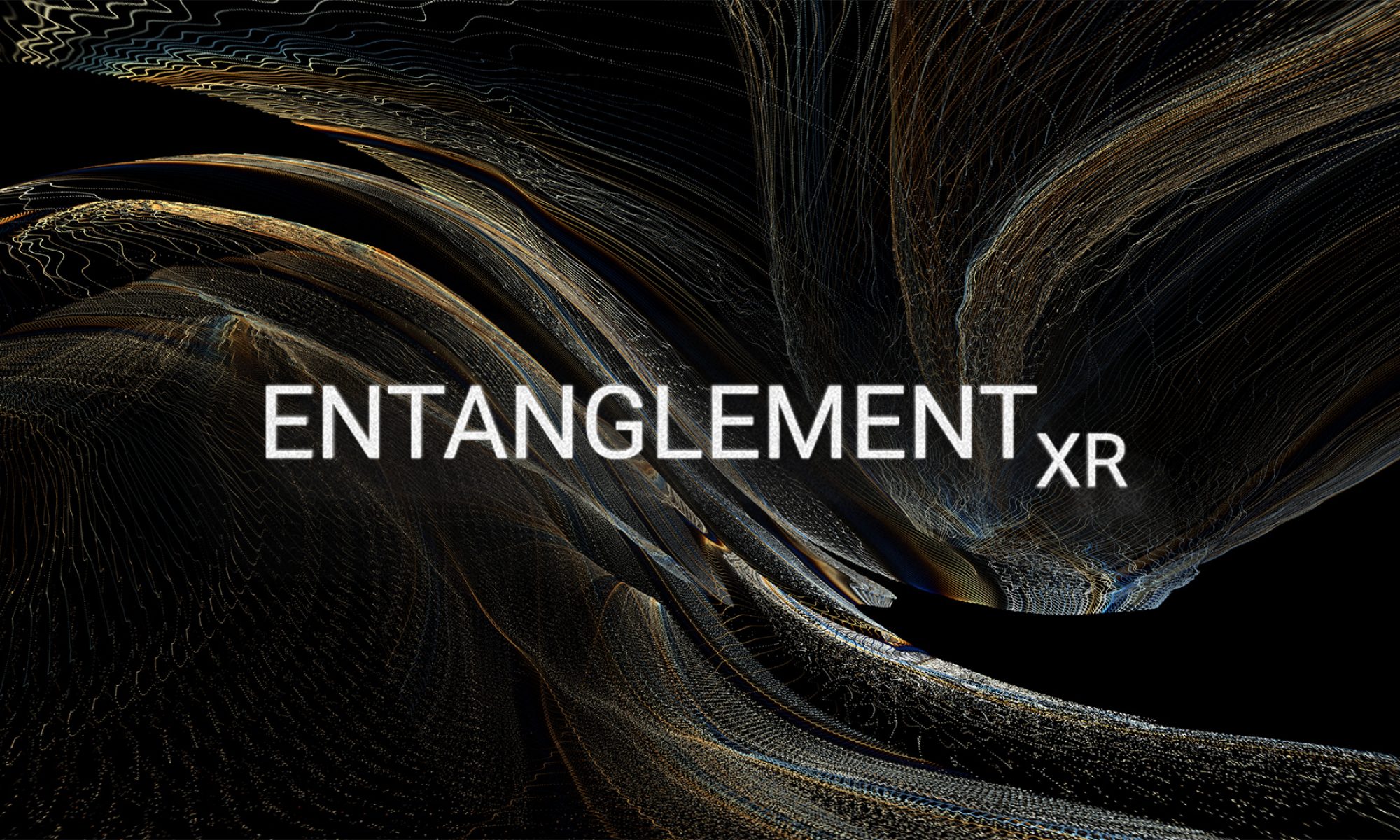Event Horizon (v9) and P#12 Tokyo will be broadcast October 27th 2010 at l’ école de cinéma “La Fémis” in Paris
following an invitation by PointLignePlan.
Wednesday, October 27 2010 @ 20h30
La fémis, 6 rue Francœur – 75018 Paris
EVENT HORIZON : music by i8u | video by Cédrick Eymenier.
Platform #12 Tokyo: music by Akira Rabelais, Oren Ambarchi and Taylor Deupree.

EV http://www.vimeo.com/15754195
EVENT HORIZON is an experimental audio/visual work by i8u (audio) and Cédrick Eymenier (visual) developed in the summer of 2009.The title of the piece was drawn from the physics term “event horizon” which is a bizarre boundary in space time which gives a black hole it’s name. It is the proximity point in which no matter or radiation (ex.light) can escape and thereby affect an outside observer. It is the black holes effects on its surroundings and the light that doesn’t pass the event horizon that gives physicists their awareness that the black hole exists.
This project involves the observation of a cityscape after nightfall. The minimal light observed over the city at night masks the flurry of activity that is obscured by buildings and darkness.
EVENT HORIZON explores the solitary observations of events transmitted via minimal stimuli and the understanding of the existence of incomprehensibly massive amounts of activity that cannot affect the outside observer other than the knowledge that it exists and it is obscured.
In short, it explores the interaction of the subject with the city and the emotions that come with various sensory stimuli and the contemplation of
what the darkness obscures.
i8u | Cédrick Eymenier
Platform #12 Tokyo


the trailers : P#12 http://vimeo.com/4516659 +
PLATFORM – Série de films de Cédrick Eymenier (2002-2008)
P#01 EuraLille – music Giuseppe Ielasi (4’59”) 2002/2006
P#02 London (Canary wharf + City) – music Motion & Sogar (7’44”) 2002/2007
P#03 La Defense (Paris) – music Sogar (17’19”) 2002/2005
P#04 Dalle Beaugrenelle (Paris) – music Pirandèlo (4’01”) 2002/2006
P#05 Porte de Bagnolet (Paris) – music Sebastien Roux (4’30”) 2002/2005
P#06 Porte de Bercy (Paris) – music Sebastien Roux (5’40”) 2002/2007
P#07 Aéroport Roissy CDG (Paris) – music Sebastien Roux (3’48”) 2002/2004
P#08 Frankfurt – music Cats Hats Gowns (10’47”) 2003/2004
P#09 Chicago – music Fennesz (20’06”) 2004/2006
P#10 Miami – music Stephan Mathieu (16’23”) 2004/2005
P#11 Rotterdam – music Vladislav Delay (19’09”) 2005/2008
P#12 Tokyo – music Akira Rabelais, Oren Ambarchi, Taylor Deupree (37’37”) 2005/2008
(date tournage/montage)
pal, couleur, son stéréo
tourné en mini-dv
format d’image 4/3
PLATFORM est à ce jour une série de 12 films tournés dans des quartiers bien précis de quelques métropoles choisies pour leur modernité et complexité architecturale. Toutefois l’architecture n’est pas filmée pour elle-même, elle tient le rôle de contexte. Ces lieux sont aussi des carrefours
des différentes voies de communications, les flux sont donc fréquents et variés. Une multitude de micro-évenements sont enregistrés dans un seul plan fixe. La simultanéité de ces évènements très banals (une voiture passe, puis un train et un passant…) est aussi ce qui en fait la richesse sonore et visuelle.
Les choix de montage des plans et de mixage de la bande-son viennent défier l’objectivité documentaire des plan fixes qui constituent le film. L’utilisation des techniques de montage du cinéma de fiction permettent de tisser des relations infra-minces entre les plans. L’attention est ainsi focalisée sur une succession de détails qui en deviennent primordiaux.
Chaque BANDE-SON est composée exprès par un musicien de la scène expérimentale internationale: Akira Rabelais (us), Taylor Deupree (us), Stephan Mathieu (all), Sebastien Roux (fr), Sogar (all), Fennesz (aut), Giuseppe Ielasi (it), Oren Ambarchi (aus), Pirandèlo (it), Taylor Deupree (us), Cats Hats Gowns (fr) et Vladislav Delay (fin). Chaque musicien utilise la bande-son enregistrée lors du tournage pour la re-traiter et y ajoute sa propre musique. Ce procédé permet de conserver un ancrage dans le réel tout en proposant une re-interprétation musicale du paysage sonore.
Il se crée, de plan en plan, une géométrie étrange, qui n’est plus celle de la ville seulement, ni celle
du crépitement rétinien de l’affût, mais un circuit d’abstractions instantanées, quelque chose d’explosif
et de calme à la fois, qui refait le chemin du métal des buildings, des voitures et des trains, et l’emporte
vers le chaos serein du devenir-instantané des choses. C’est à la fois chaud et froid, lent et rapide,
apaisant et dangereux. Yannick Haenel (à propos de Platform#09)







